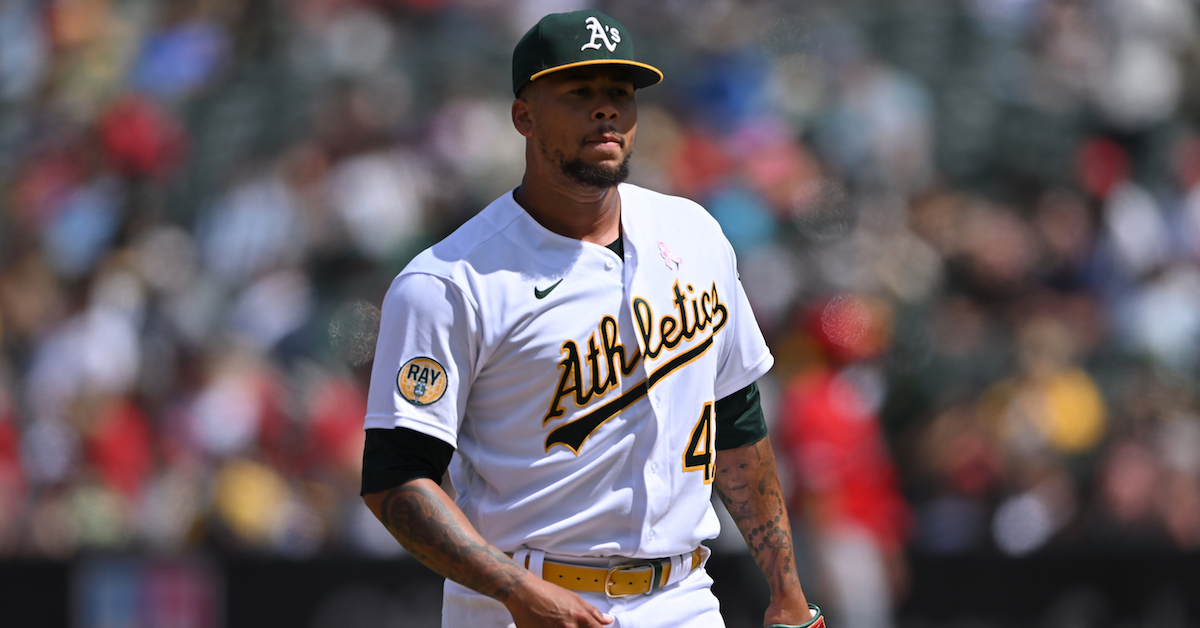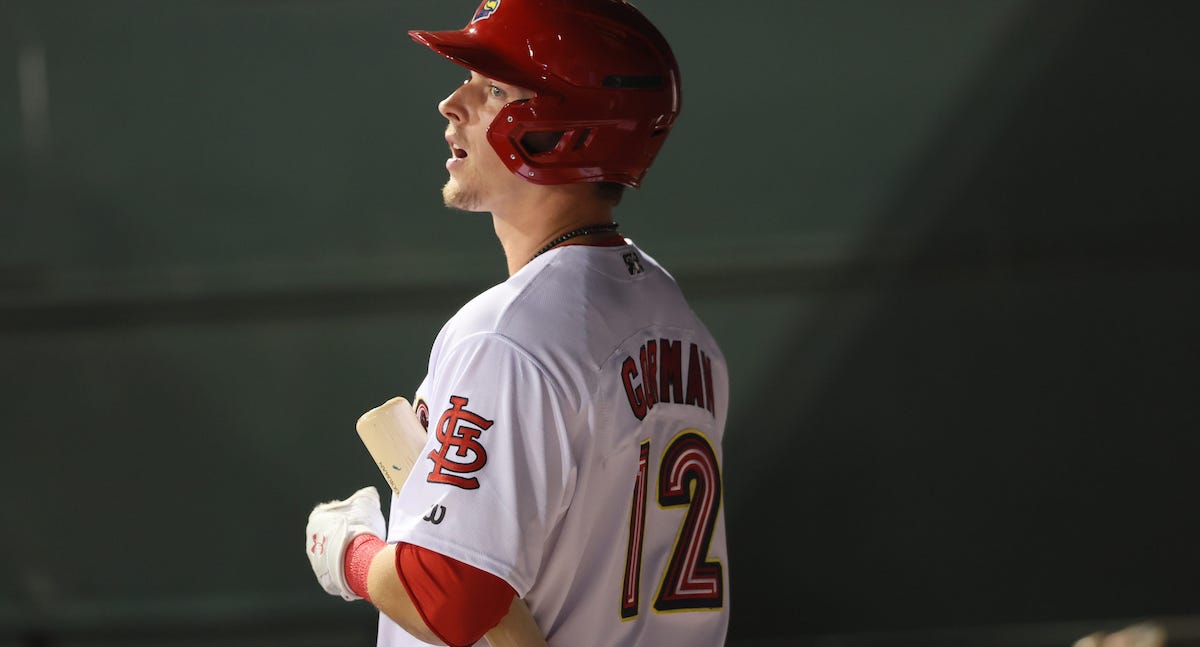Sunday Notes: Nick Wittgren Almost Caught For the Cardinals
The St. Louis Cardinals played Friday night’s game in Boston with one catcher. Iván Herrera had been called up from Triple-A to replace the newly-sidelined Yadier Molina, but cancelled flights delayed his arrival. The highly-regarded prospect didn’t get to Fenway Park until the final inning of a 6-5 Red Sox win.
Asked who would have been used in an emergency had Andrew Knizner been injured, St. Louis manager Oliver Marmol named three possibilities: Edmundo Sosa, Brendan Donovan, and Nick Wittgren. That Marmol added, “Not necessarily in that order,” is intriguing, if not suggestive. Sosa and Donovan are infielders. Wittgren toes the rubber.
Might we have seen Wittgren, a 31-year-old pitcher with no professional experience at any another position, donning the tools of ignorance? It’s a definite possibility. Prior to the game, Marmol approached Wittgren and asked, “How do you think you’d do catching?” Wittgren replied that he’d be perfectly fine. Marmol responded with “I think so too.”
According to The St. Louis Post-Dispatch’s Derrick Goold, Wittgren isn’t the first Cardinals pitcher to be designated (or at least hinted) as an emergency catcher. Jason Motte, who worked out of the St. Louis bullpen from 2008-2014 previously claimed that distinction. Even so, Motte had caught in the minor leagues. Wittgren would have been a novice.
He has little doubt that he could have done it. Read the rest of this entry »








